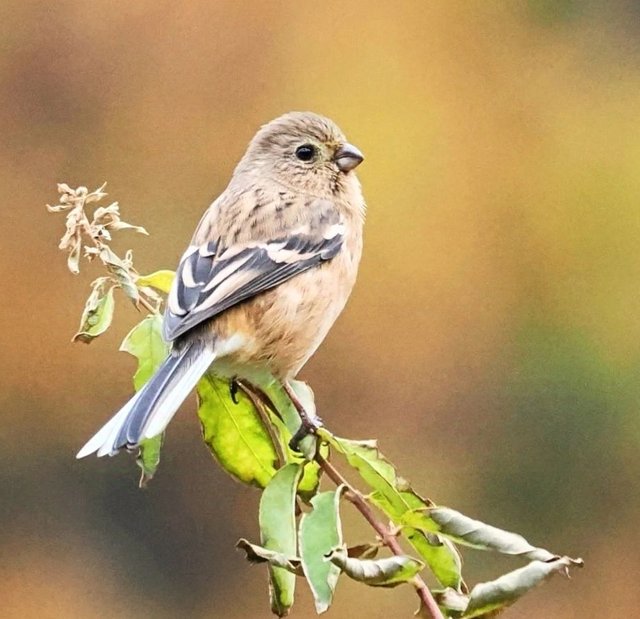So Beautiful Ruddy-Breasted Seedeater Bird
The Ruddy-breasted Seedeater is a small but striking bird native to Central and South America. Known for its distinctive coloration and melodious song, this bird has captured the interest of ornithologists and bird enthusiasts alike. Here's an in-depth look at its appearance, behavior, habitat, diet, and conservation status.
Appearance
The Ruddy-breasted Seedeater is a compact bird, measuring about 9–10 cm in length. Males are easily recognized by their rich rufous-brown chest and abdomen, contrasting sharply with their dark gray or black upperparts and head. Females, on the other hand, have a more subdued appearance, with warm brown plumage and a slightly paler underside. Both sexes have stout, conical bills that are perfect for cracking seeds.
Habitat
This species thrives in open and semi-open habitats, such as grasslands, savannas, agricultural fields, and the edges of forests. It is often found in areas with tall grasses and shrubs, where seeds are plentiful. The Ruddy-breasted Seedeater's range extends from southern Mexico through Central America and into much of South America, including Colombia, Venezuela, Brazil, and the northern parts of Argentina.
Behavior and Vocalizations
The Ruddy-breasted Seedeater is typically seen in pairs or small groups, often mingling with other seed-eating birds. They are highly active, flitting between grasses and low shrubs as they forage. Their song is a series of melodious, high-pitched whistles and trills, used primarily by males to defend territory and attract mates.
Diet
As the name suggests, the Ruddy-breasted Seedeater primarily feeds on seeds, particularly from grasses and weeds. They use their powerful bills to crack open tough seed coats. Occasionally, they may also consume small insects, especially during the breeding season when additional protein is needed to raise their young.
Breeding
The breeding season varies across their range but generally coincides with the wet season when food is abundant. Males display prominently to attract females, singing persistently and sometimes performing fluttering flights. Once paired, the female builds a small cup-shaped nest, often concealed in dense vegetation. She lays 2–3 eggs, which she incubates alone. Both parents participate in feeding the chicks once they hatch.




Thanks For Reading
Device Information
| Device | cannon eos 600D |
|---|---|
| Lens | 55-250 zoom leans |
| Location | Myanmar |
